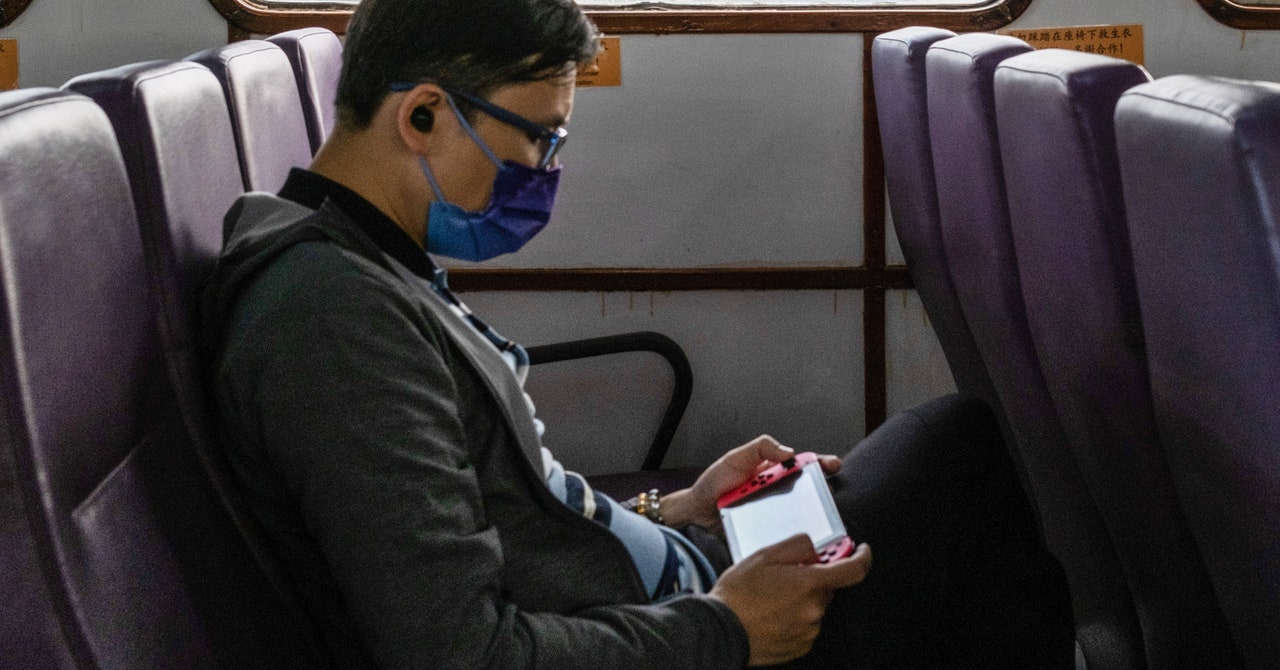
If you’re anything like me, at some point in your life your morning routine may have looked something like this: Wake up, roll around in bed, contemplate your existence, think about hitting the snooze button, decide against it, then groggily grab your phone to begin the morning ritual of checking social media.
We’ve all done it. What starts as just checking your phone can turn into an hour (or more) of flipping between the same handful of apps—Facebook, Instagram, Twitter, Reddit, Snapchat—over and over again, scroll-scroll-scrolling through the abyss of the internet while undercover AI keeps your eyes glued to the screen.
Suddenly it’s time to get up and start my day, but instead of starting it in a good mood, my head feels like a spinning washing machine of doom and gloom and disturbing information. (Which makes sense; I’d just spent the first hour of my waking consciousness feeding my brain the mental equivalent of fast food.)
And it’s not just a morning problem—anytime there’s a spare second in the day, most of us are checking our phones. We do it before bed, while eating meals, during movies, TV shows, car rides, bus rides, waiting in line, even when we’re hanging out with other people. Half the time, we don’t even realize we’re doing it.
What used to be a place for funny memes and interesting information is now a minefield of content that makes you feel like everyone else has a better life, plus videos of police brutality, tweets about missing children, infographics on how the oceans and forests are being destroyed, volatile political discourse, and articles about how little time we have left to combat climate change.
A lot of us rely on social media to check on the state of the world, getting us up to speed with what’s important and relevant. Unfortunately, the boundary between that and getting caught up in a cyclone of doom and consume is a difficult thing to master.
Doomscrolling had turned my longtime hobby of enjoying the articles I read and the videos I watch into something a lot more insidious. As the internet has evolved and become more involved in everyone’s daily lives, a lot of it has become a mess of toxic propaganda and trauma porn, oftentimes prompting real-life violence from an influx of hateful comments and venomous internet fights.
I felt like my mental health was at a pivotal point. The way I engaged with the internet was leaking cynicism and hopelessness into the rest of my life. I was becoming more and more miserable every time I looked at my phone. It got to a point where I had to ask myself: Why did I want to start my day watching videos that make me cry? Why do I want to wake up and get upset over the comments of some rambling no-name ignoramus on Facebook? And more importantly, why can’t I stop?
The Science Behind Doomscrolling
For something that generally makes us feel like garbage, it doesn’t seem to make sense that we do it so often. But it turns out there are some scientific and biological reasons why humans are so prone to doomscrolling.
Doomscrolling, a term popularized by Karen Ho, a senior reporter at Insider, describes something we all intrinsically understand: mindlessly consuming tweets, videos, facebook posts, and more media in an attempt to feel connected and informed, while in reality drinking from an endless firehose of news that more often makes us feel awful. It can be attributed to a kind of hypervigilance. Severe hypervigilance is usually a product of PTSD, but it can occur anytime you feel like you’re under an imminent threat. It causes you to be in a perpetual fight-or-flight state, and for those who struggle with things like anxiety, panic disorders, or PTSD, it can be even more extreme.
Related Stories
As we (as individuals or as society) grapple with seemingly relentless historic global events, a lot of us are experiencing symptoms of hypervigilance. When we continually see and hear things that make us feel like we are under a threat—from the media, from the government, from the climate, from people on the other side of the political aisle—we begin to feel like we need to protect ourselves. This can manifest as an obsessive need to keep “checking for danger” by continually checking your phone.
Another reason the habit is so hard to break is that doomscrolling is a behavioral addiction. The reason you feel compelled to grab your phone every couple of minutes is that you become physically used to the routine of picking something up, having it in your hands, and using your fingers to scroll. At a certain point, it becomes muscle memory.
